SUMMARY
This is AI generated summarization, which may have errors. For context, always refer to the full article.
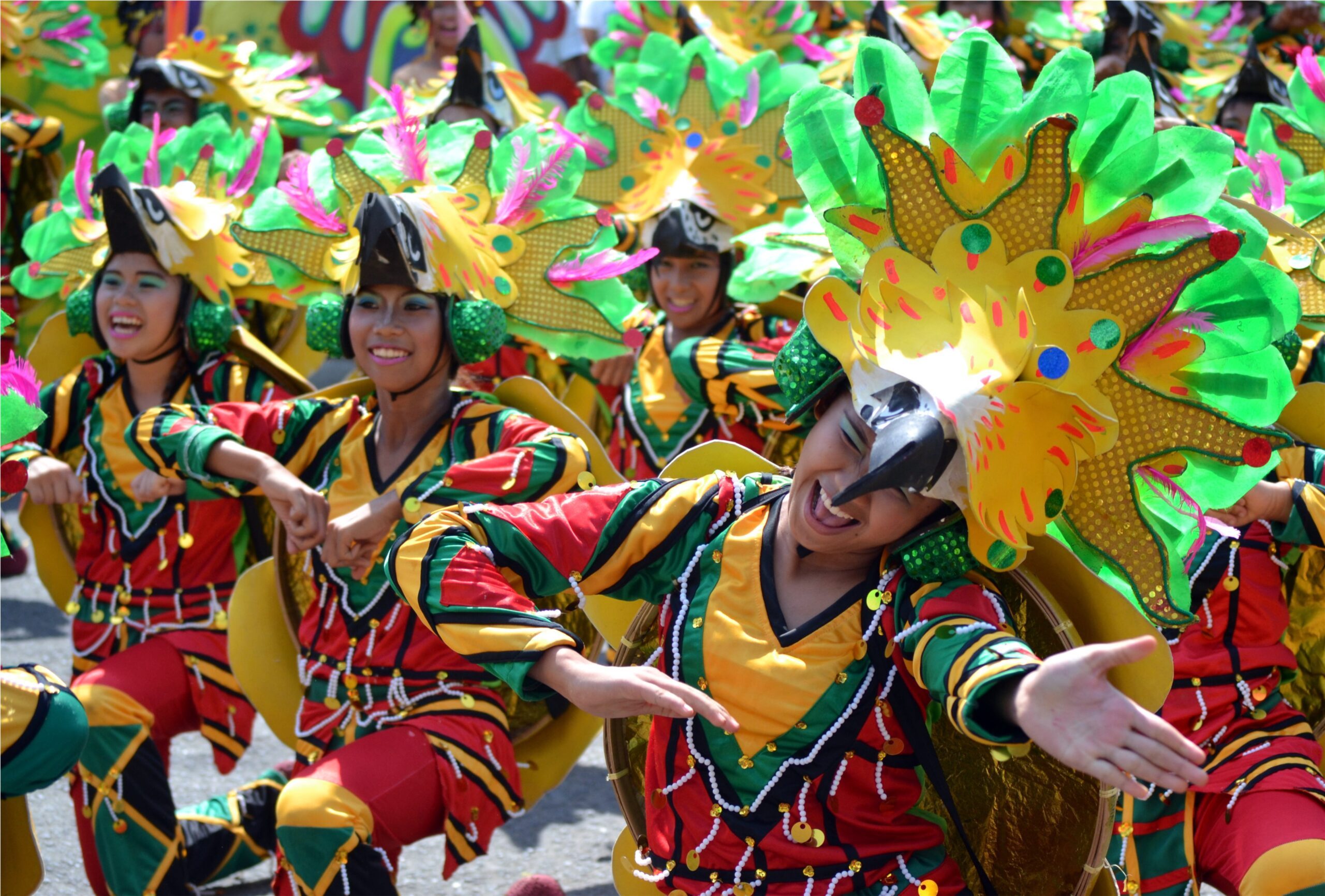
“Kadayawan shows a city with a great soul,” says Arturo “Art” Boncato, Jr, former assistant secretary of the Department of Tourism. He is referring to Kadayawan sa Dabaw, the annual week-long festival being celebrated in Davao City every 3rd week of August.
The festivity is structured as “the celebration of life, a thanksgiving for the gifts of nature, the wealth of culture, and bounties of harvest and serenity of living.” That seems to sum up Kadayawan, which comes from the Mandaya word “madayaw,” meaning “good, valuable, superior, or beautiful.”
What makes Kadayawan a unique festival is that it pays tribute to the lumad, a collective group of indigenous people living in the city. At one time, the festival’s theme was “Ten Tribes, One Vibe.” But it was found out there were actually 11 tribes living in the city: Ata, Bagobo-Klata, Bagobo-Tagabawa, Iranun, Kagan, Maguindanaon, Maranao, Matigsalog, Ovu Manubo, Sama, and Tausug.
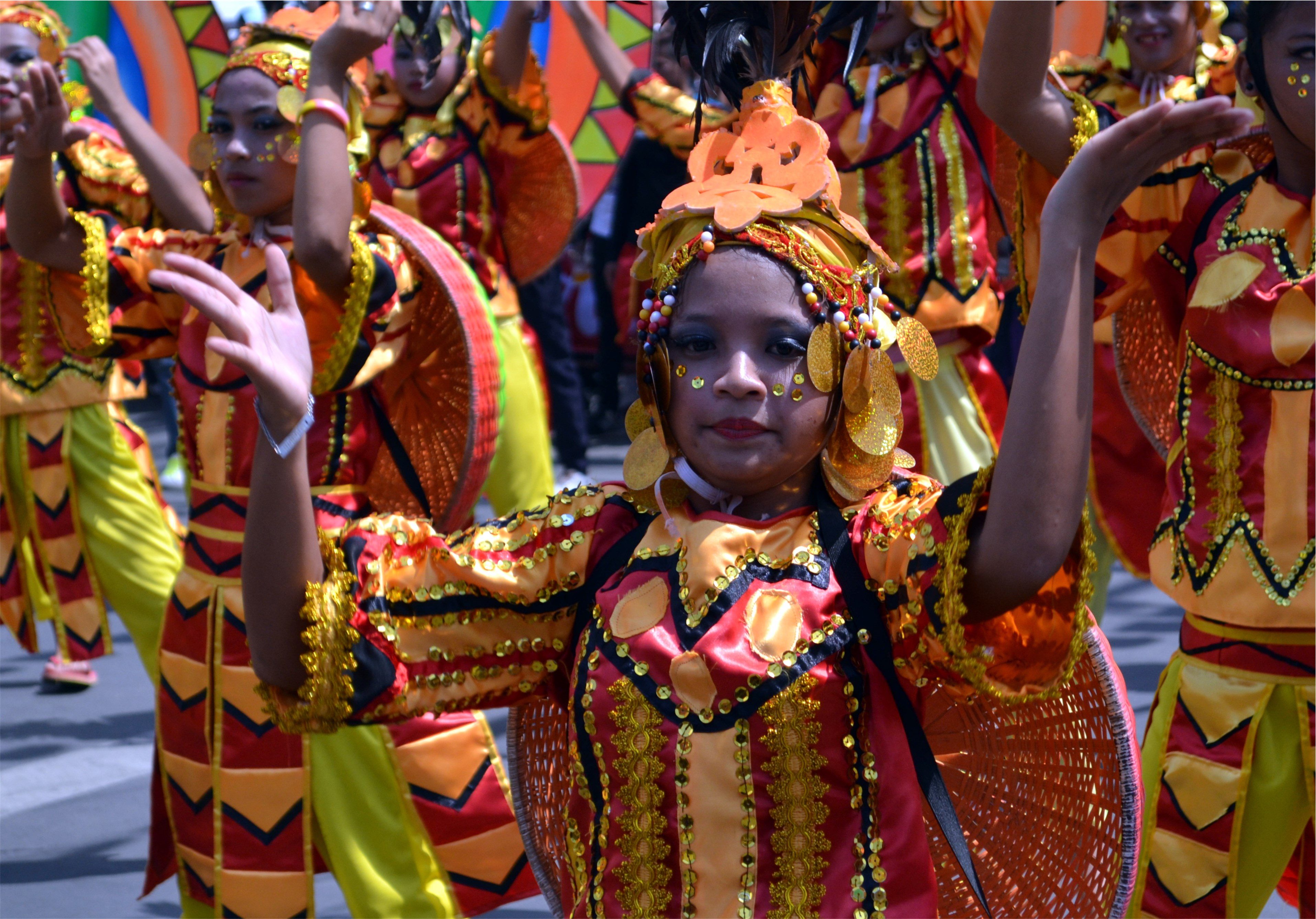
In a news report which appeared in The Mindanao Daily Mirror last year, Boncato – who is now co-chairman of the 31 st Kadayawan sa Dabaw Festival – said the reason for the festivity is the lumad. “We have [put] so much pride in our indigenous people that is the biggest achievement of Kadayawan,” he was quoted as saying.
In the beginning, ethnic tribes lived together harmoniously, in peace and friendship. They were the ones who gave the province a name; Davao came from the word daba-daba, which means “fire.”
According to history, Davao’s ethnic tribes residing at the foot of Mount Apo would converge during a bountiful harvest. This ritual serves as their thanksgiving to the gods particularly to the Manama (the Supreme Being).
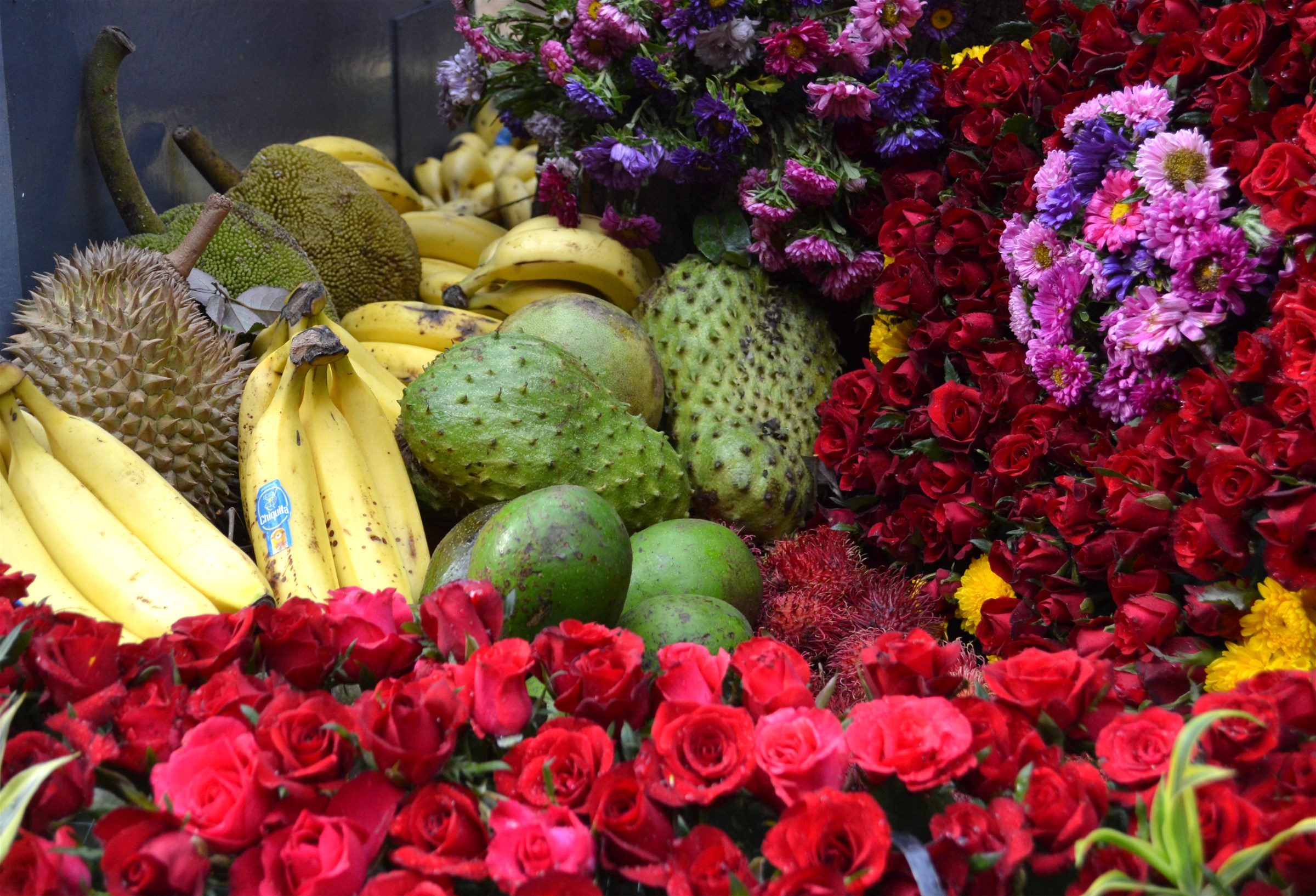
In the beginning, then Mayor Elias B. Lopez initiated tribal festivals which featured the lumad and the Muslim tribes of Davao City where they showcased their dances and rituals of thanksgiving.
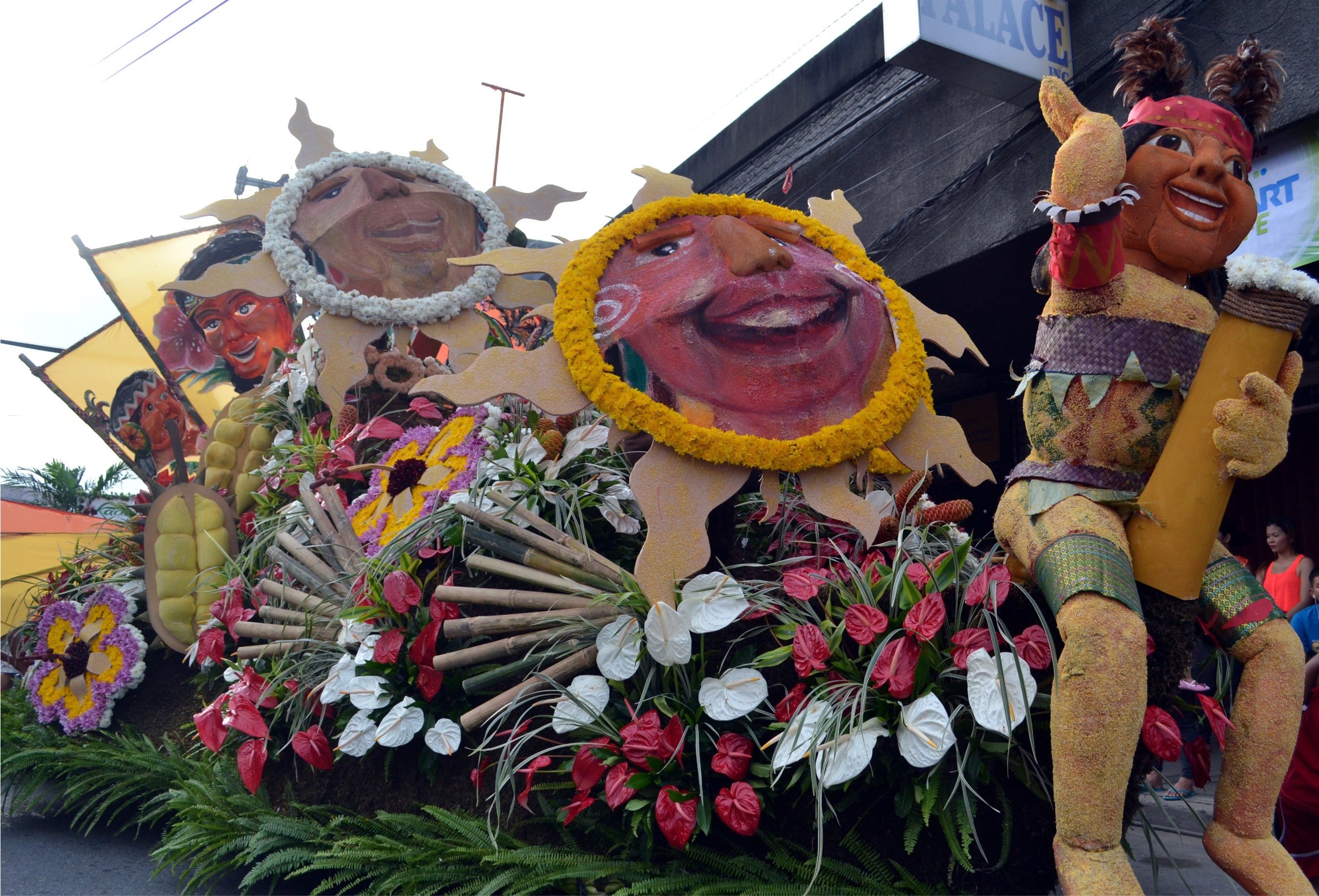
But “it was the time of the then officer-in-charge Mayor Zafiro Respicio with city tourism officer Ed Fernandez in 1986 that an event to showcase Davao’s love for life, diverse people, and abundant resources was conceptualized,” writes Dr. Gemima Valderrama, a noted features writer who works with the Department of Education.
“The unsavory reputation has to be overcome through an event that truly captures the spirit of Davao as seen through its diverse people, multi-ethic and multi-religious,” she further wrote. “It was also their effort to get tourists, both local and foreign, to visit the city, which has many natural attractions, not to mention a people who are naturally hospitable, friendly and accommodating.”
The festivity was called “Apo Duwaling” (named after the Mount Apo, the country’s highest peak; durian, the controversial smelly fruit and waling-waling, an orchid which used to inhabit the forests of Mount Apo). When Rodrigo R. Duterte became the mayor, he renamed the festival as “Kadayawan sa Dabaw.”
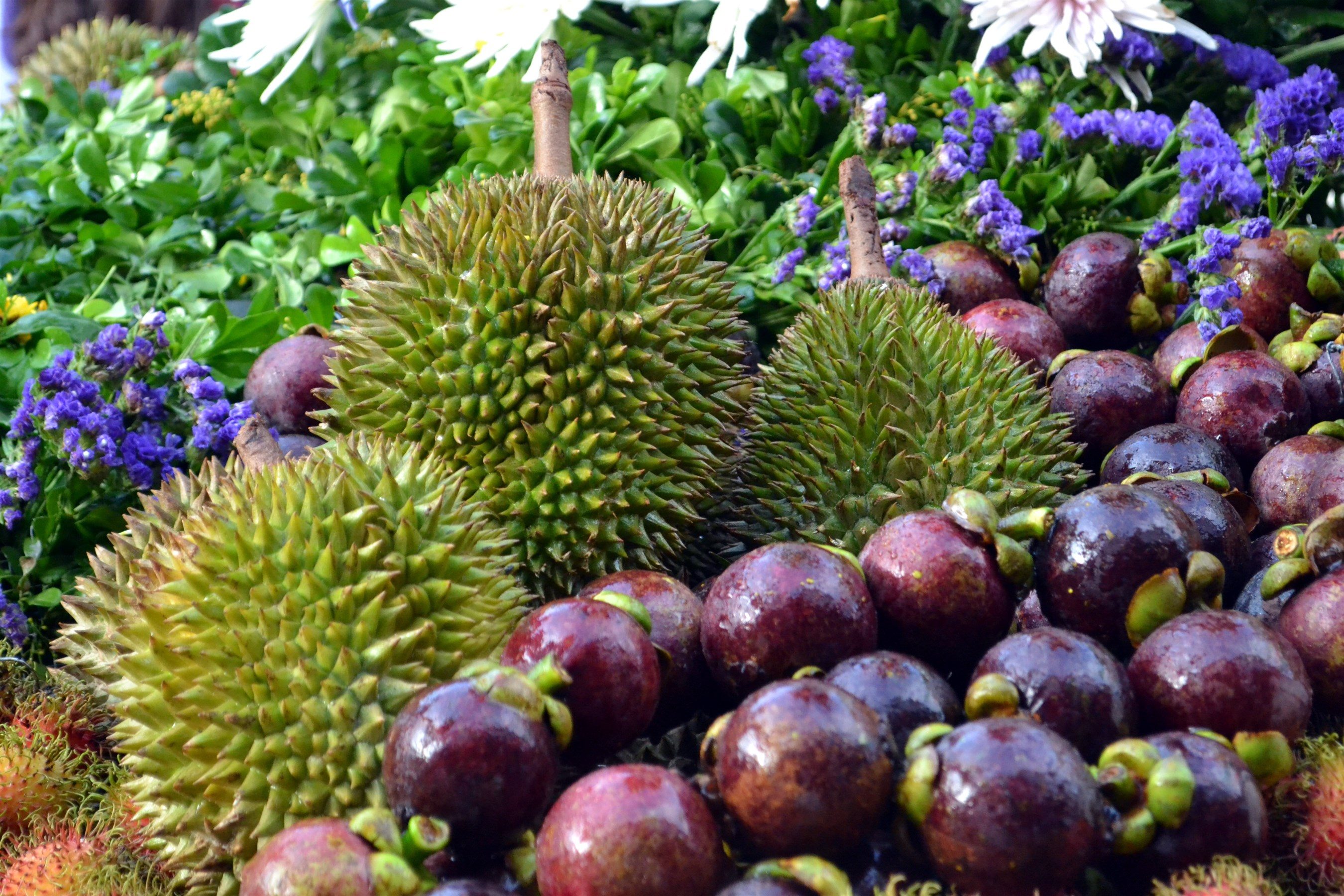
Actually, the Kadayawan celebration interfaces three aspects: tribal, industrial, and arts and entertainment. One of the highlights of the celebration is the quest of Hiyas ng Kadayawan. Unlike the beauty contests, this quest is for the young woman who understands her culture and traditions, according to council Al Ryan Alejandre, member of this year’s festival executive committee.
Aside from hiyas the other events are Tribuhaning Pasundayag (tribal cultural show) Tribuhanong Dula (indigeneous people and Muslim games) and Subang Sinugdanan (fluvial parade).
But the most anticipated events are reserved for the weekends. The Indak-indak sa Kadalanan (street dancing) is usually held on a Saturday. Contingents from various parts of Mindanao display their award-winning choreography – with dancing following the rhythm of their music and sounds, moving together with precise manner, and flashing their colorful costumes and attire.
The festivity ends with Pamulak Kadayawan (floral float parade). It is patterned after the Pasadena Parade of Roses in the United States – where flowers and fruits are set in colorful floats by business establishments, community assemblies and peoples’ organizations as they promenade on the streets symbolizing all the bounty sustainably enjoyed by the city’s residents.
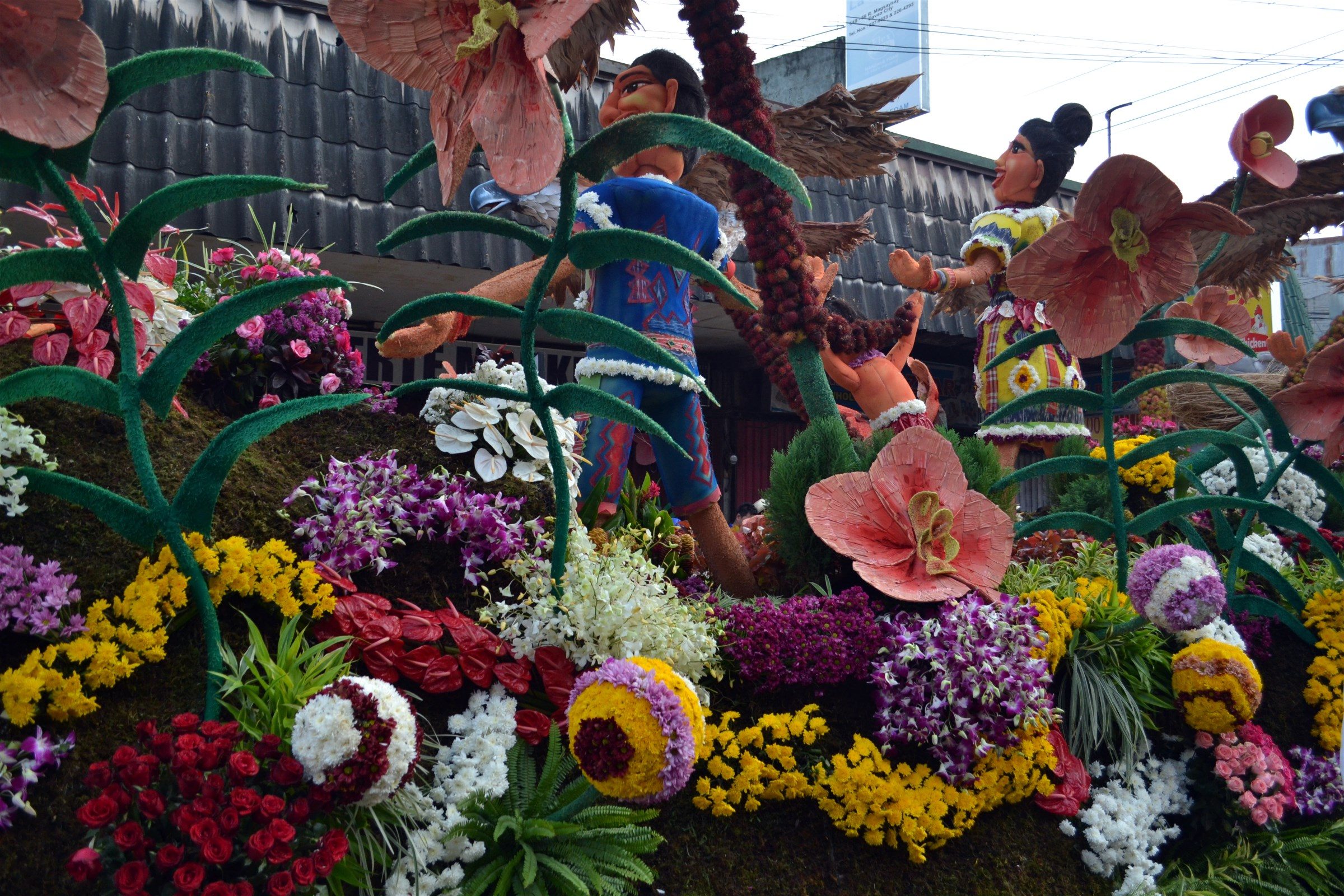
“Kadayawan sa Dabaw is not just an ordinary festival,” says Mart D. Sambalud, a journalist from Tagum City who comes to Davao to cover the event every now and then. “It is Davao’s way of celebrating the bountiful harvest each year highlighting the various ethnic tribes and their cultures. The celebration is not just intended for the ordinary folks to see the vibrant and multitude of culture that Davao has to offer but in extension; it serves an invitation to the world to discover what life really means in Davao.
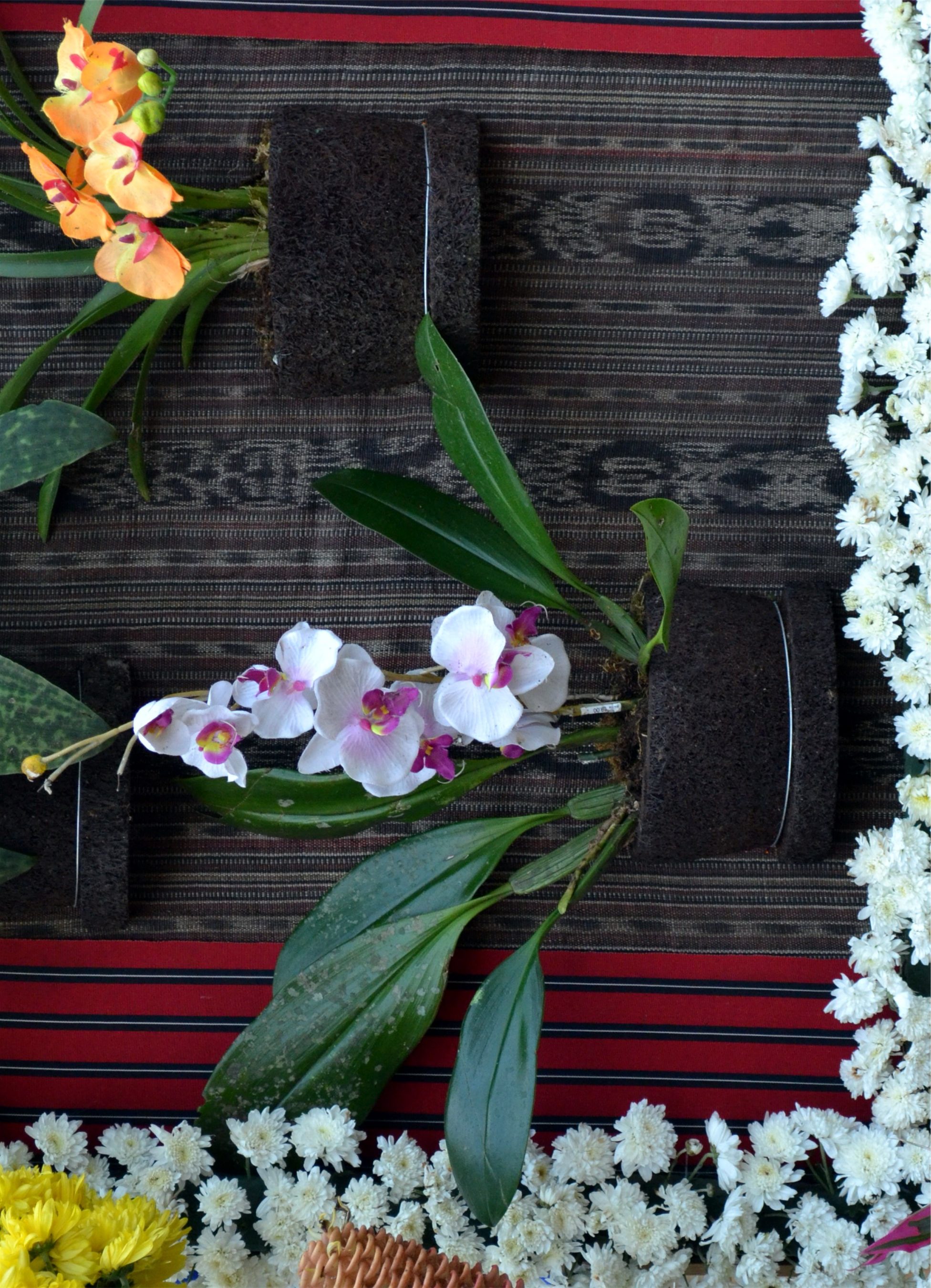
“Apart from it,” Sambalud continues, “celebrating Kadayawan annually educates the young to live the traditions that were handed down from one generation to another. The words ‘unity in diversity’ are what describe best Davao’s Kadayawan, a celebration that is deeply rooted in a cultural perspective.” – Rappler.com
 Henrylito D. Tacio is an award-winning journalist based in the southern part of the Philippines. He specializes on reporting science, environment, medicine, agriculture, and travel features.
Henrylito D. Tacio is an award-winning journalist based in the southern part of the Philippines. He specializes on reporting science, environment, medicine, agriculture, and travel features.
Add a comment
How does this make you feel?
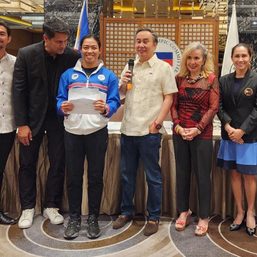
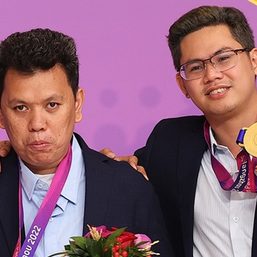


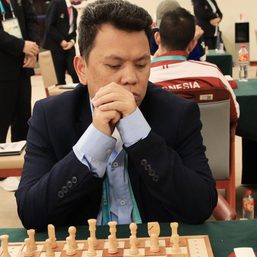
There are no comments yet. Add your comment to start the conversation.